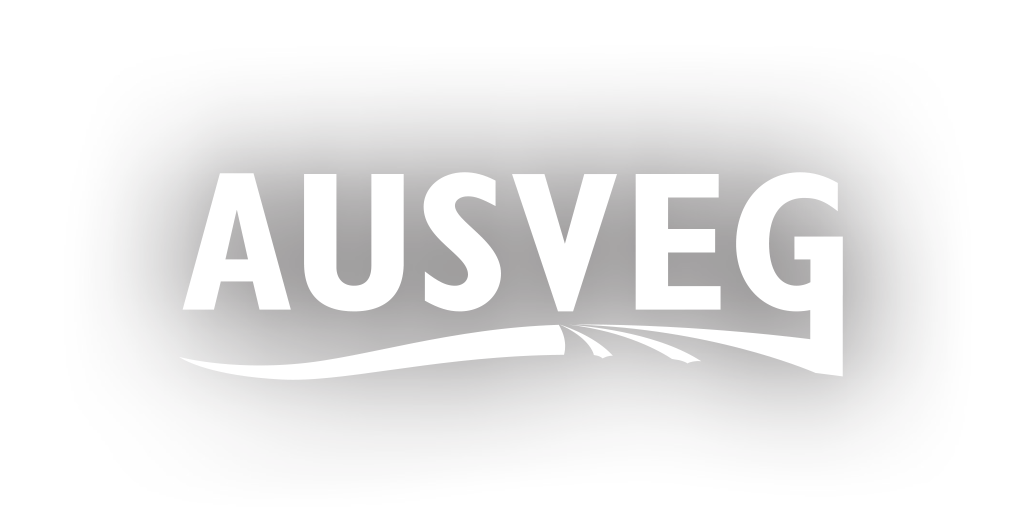Benchmarking Uptake of Soil Health Practices
In 2006/07, Horticulture Australia Limited (HAL) identified soil health as a priority for the vegetable industry. This followed concerns being raised that poor management of soil health could result in large losses to productivity, increased disease and long term damage to catchments. Subsequently, a vegetable industry soil health program was implemented, comprising three individual projects. Two were funded through HAL using vegetable levy funds; one focused on tropical vegetable production, the other on temperate vegetable production. The third, a ute guide to soil management, was funded by the Australian Government through the Healthy Soils for Sustainable Farms program. This current project, Benchmarking Uptake of Soil Health Practices, was commissioned to review the soil health program, survey vegetable growers on their uptake of the program outputs and soil health management skills, and to recommend future directions for soil research in the Australian vegetable industry. The main findings from the project reviews and vegetable grower survey include: – There is strong support for the soil health program among growers. – Smaller, regional projects are preferred, which effectively communicate outcomes relating to soil health, productivity and economics that fit specific local production systems. – National coordination of soil research, soil assessment protocols and a repository of soil research information is needed. – There is a need for closer linkages with broader soil research, development and extension (RD&E). – Traditional soil cultivation methods are still widely used. – There are high adoption rates of: green manure crops (incorporated); composted manures and biological activators; and soil testing. – Adequate general reference information on vegetable soil management is available but a lack of specific information is hindering improvement. – Skills deficiencies were identified among consultants and growers, including in the areas of: soil biology and microorganisms; soil?borne disease control; interpretation of soil test results; biofumigation and alternatives to metham sodium; and fertilizers and nutrition. – RD&E priority issues were identified as: soil-borne diseases; biofumigation; nutrition; soil biology; and controlled traffic/minimum tillage to reduce input costs and improve soils.
